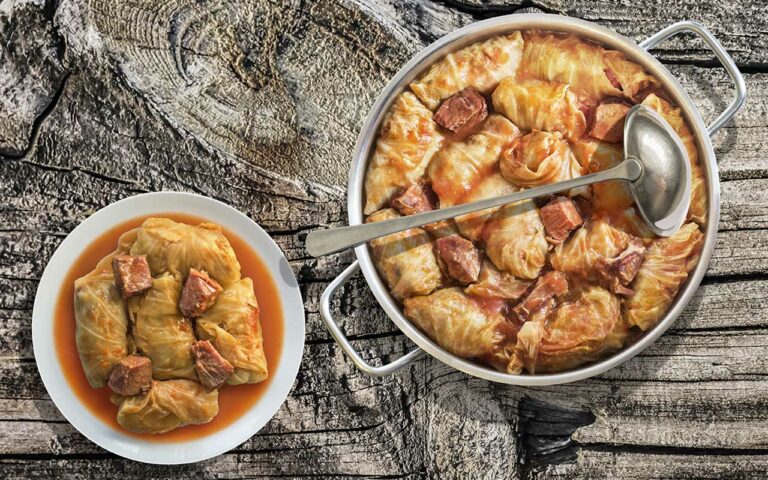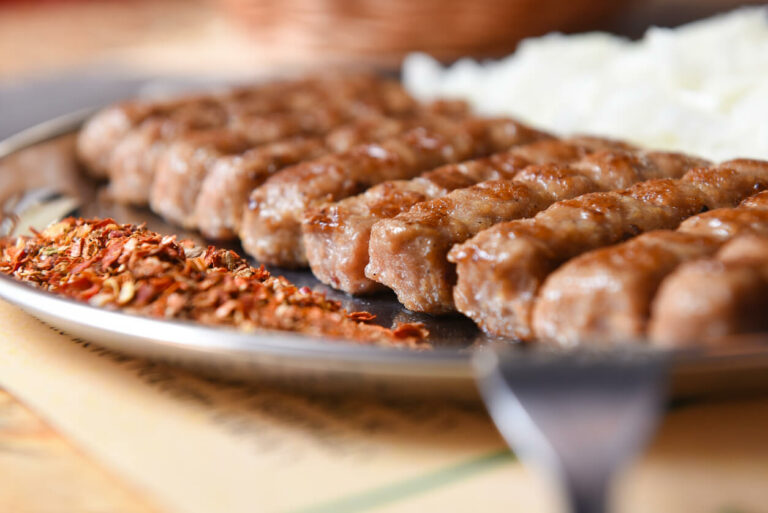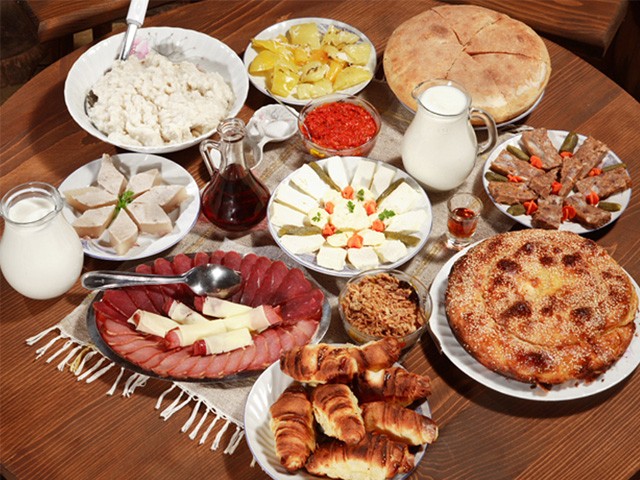Introduction: Understanding Serbian Dining Culture
Serbia is a country with a rich culinary tradition and a unique dining culture. Dining is an important social activity, and it is not uncommon for families and friends to gather around the table for hours on end. Serbian cuisine is diverse, and there are many regional specialties to try. However, it is not just the food that is important; the way in which you behave at the table is also important. Understanding Serbian dining culture is essential to avoid any awkwardness or offense.
Seating Arrangements and Table Manners
When you arrive at a Serbian restaurant, it is common for the host or hostess to show you to your table. In traditional Serbian restaurants, tables are typically set with white tablecloths and napkins, and the silverware is placed on either side of the plate. The seating arrangement is important, and it is common for the most important or elder guest to sit at the head of the table. It is also polite to wait for the host to invite you to sit down before taking your seat. When eating, it is important to keep your elbows off the table and to use your utensils rather than your hands.
Toasting and Drinking Customs
Serbians are known for their love of alcohol, particularly rakija, a type of fruit brandy. Toasting is an important part of Serbian dining culture, and it is common for the host or the most important guest to make the first toast. When toasting, it is customary to look the person you are toasting in the eye, clink glasses, and say “Živeli!” which means “to life.” When drinking rakija, it is customary to take a sip, then eat a small snack such as cheese or smoked meat. This is known as “zapivka” and is believed to help prevent the effects of alcohol.
Appropriate Dress Code for Serbian Restaurants
While there is no strict dress code for Serbian restaurants, it is important to dress appropriately. In general, it is best to dress smart-casual, with no shorts or beachwear. Serbian women tend to dress up more than women in other countries, so it is a good idea to err on the side of dressing up if you are unsure. If you are attending a special occasion or formal event, it is best to check with the host regarding the dress code.
Paying the Bill: Tipping and Splitting
In Serbia, it is customary to split the bill equally among all diners, although this may vary depending on the group. Tipping is also expected, with 10% being the standard amount. In some restaurants, the tip may be included in the bill, so it is important to check before leaving an additional tip. It is considered rude to argue over who pays the bill, and it is common for the host to pay for the entire meal.
Special Occasions and Festivities in Serbian Dining
Serbians love to celebrate, and special occasions are often marked with a feast. Christmas and Easter are particularly important holidays, and it is common for families to gather together for a traditional meal. When attending a Serbian celebration, it is customary to bring a gift for the host. Traditional gifts include flowers, wine, and rakija. If you are invited to a Serbian wedding, it is important to dress formally and bring a gift for the newlyweds. Traditional gifts include money, household items, and handmade crafts.



